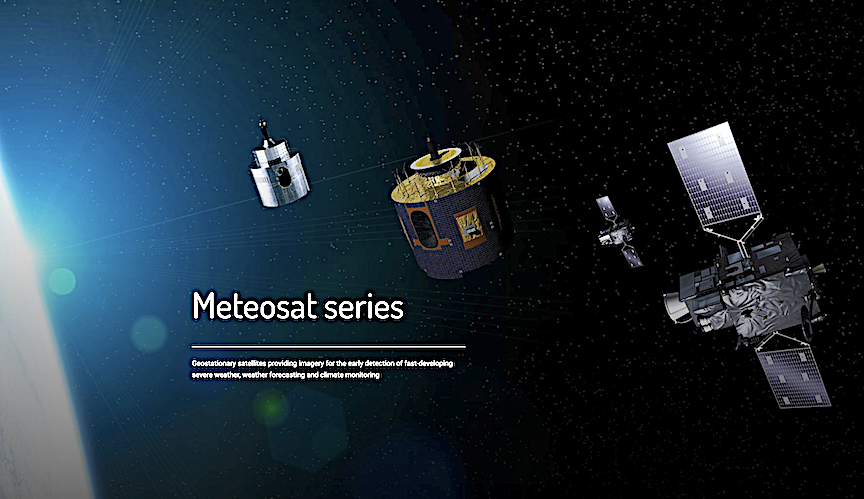
The world’s longest-serving meteorological satellite in geostationary orbit, EUMETSAT’s Meteosat-8, has been moved to the “graveyard orbit” after 20 years of life-saving service.
Launched on August 28, 2002, Meteosat-8 was the first of the Meteosat Second Generation (MSG) meteorological satellites, which marked a major technological advance in satellite meteorology.
“At the time Meteosat-8 was designed, guidelines did not exist for the safe disposal of satellites when their operational lifetime ended,” EUMETSAT Director-General Phil Evans said.

“Excellent spacecraft design and careful operations enabled us to extend Meteosat-8’s life well beyond the expected 7.5 years. Importantly, we were also able to ensure enough fuel remained on board to move her out harm’s way of other satellites operating in the Geostationary orbit when we could no longer safely use her.
“Because it is critically important to keep increasingly crowded satellite orbits safe for those spacecraft that are operational, EUMETSAT was committed to moving Meteosat-8 to the ‘graveyard orbit’, in line with space debris minimization standards.”
The re-orbiting of Meteosat-8 began on October 6 with a series of maneuvers designed to lift the spacecraft at least 247km above the geostationary orbit.

Once there, steps were taken to ensure the long-term stability of the satellite and minimize the risk that it could break up and generate debris. Those steps included reducing the satellite’s spin rate, depleting any residual propellant on board and switching off all electrical equipment.
Meteosat satellites are critical for forecasting rapidly developing severe weather events such as storms. Meteosat-8 produced about a million images of Europe, the whole of Europe and Africa or the Indian Ocean, its islands and surrounding countries, during its operational lifetime. (Read more about Meteosat-8’s life here.)
EUMETSAT currently operates three other MSG satellites — Meteosat-11 and -10 over Europe and Africa and Meteosat-9 over the Indian Ocean.
The first satellite in the third generation of EUMETSAT’s Meteosats will soon be launched from Kourou, French Guiana, marking the start of another major technological and scientific advance in satellite meteorology.
